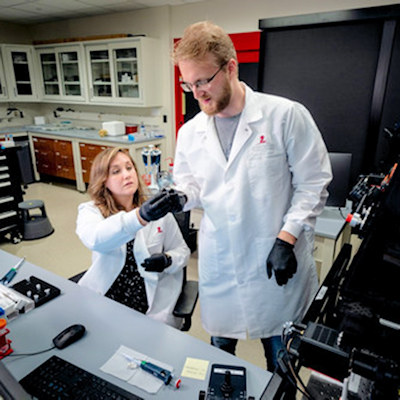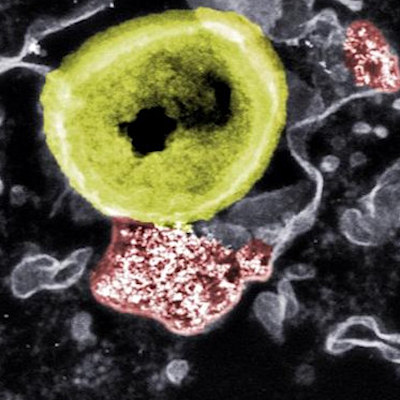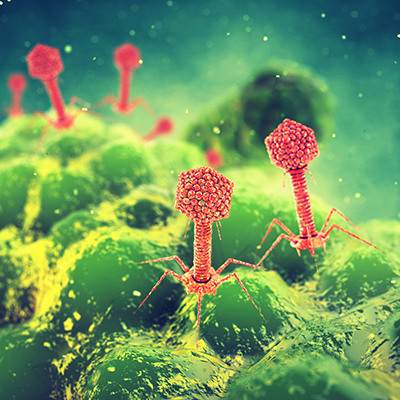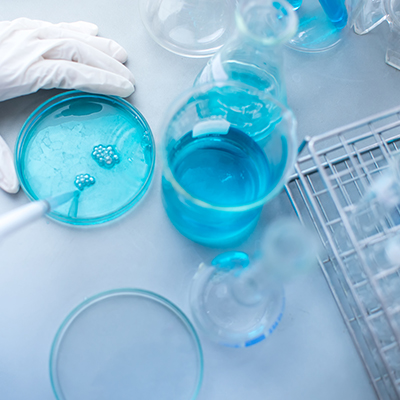July 21, 2021 -- In the latest chapter of the arms race between scientists and drug-resistant bacteria, scientists have devised an antibiotic-filled "Trojan horse" that penetrates deep into the patient's target tissues before unleashing an antibiotic payload on unsuspecting bacterial invaders. The methodology was described July 19 in eLife.
Antimicrobial-resistant infections pose a threat to public health: They are on track to cause 10 million deaths annually by 2050 and could force up to 24 million people into extreme poverty by 2030, according to the World Health Organization. As a result, there has been an increased effort by the research community to develop novel technologies to overcome antimicrobial resistance.
The new approach seeks to turn the tide by targeting bacteria with an antibiotic that is masked by a "prodrug," which the bacteria themselves remove, thereby releasing its antibiotic payload.
In the pharmaceutical industry, carboxy ester is used as a prodrug to increase the potency and oral absorption of payloads. But until now, researchers had yet to identify bacterial esterases that can activate these types of prodrugs in microbes.
In the current study, researchers at Children's Hospital of Philadelphia (CHOP) were able to identify two bacterial esterases, GloB and FrmB, that activate carboxy ester prodrugs in Staphylococcus aureus.
Methicillin-resistant S. aureus, or MRSA, has been labeled a "serious threat" by the U.S. Centers for Disease Control and Prevention.
In addition to characterizing the GloB and FrmB esterases, the researchers were able to identify the highly specific molecules with which they interact. These so-called substrate specificities are what allow the enzymes to remove the prodrug additions, activating the antibiotic before the prodrugs can be degraded by the host.
"We've created a sort of 'Trojan horse' that would allow antibiotics to reach desired tissues undisturbed until the bacteria itself activates the drug, effectively releasing an 'army' of antibiotics," said senior author Dr. Audrey Odom John, PhD, chief of the division of pediatric infectious diseases at CHOP, in a statement.
After determining that GloB and FrmB were suitable bacterial enzyme targets, researchers characterized the 3D structures of GloB and FrmB, which will enable ongoing structure-guided design of FrmB- and GloB-targeted prodrugs.
"Using structure-guided design, we have developed a new way to design better antibiotics," said John. "Given the growing concern over antimicrobial resistance, we think this is an important step forward."
In addition to paving the way for development of S. aureus-specific prodrugs, the new results lay the groundwork for the identification of additional microbial prodrug activating enzymes, according to the researchers.
"We anticipate that these approaches will both guide the development of novel antimicrobials and lead to a more robust arsenal of anti-infective compounds, with targeted specificity for the microbe over the human host," John said.
Do you have a unique perspective on your research related to drug discovery and development? Contact the editor today to learn more.
Copyright © 2021 scienceboard.net











